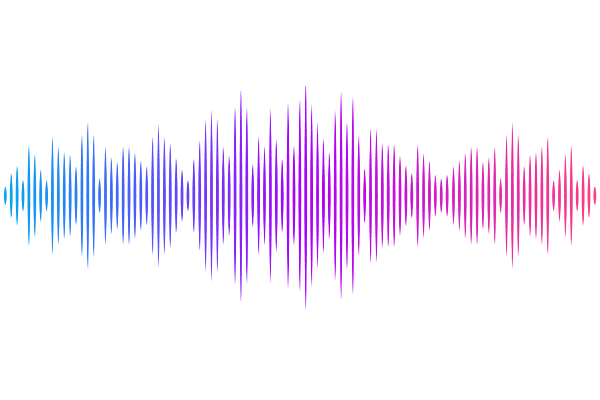The SXS Collaboration's third catalog of binary black hole simulations

The SXS Collaboration's third catalog of binary black hole simulations
Mark A. Scheel, Michael Boyle, Keefe Mitman, Nils Deppe, Leo C. Stein, Cristóbal Armaza, Marceline S. Bonilla, Luisa T. Buchman, Andrea Ceja, Himanshu Chaudhary, Yitian Chen, Maxence Corman, Károly Zoltán Csukás, C. Melize Ferrus, Scott E. Field, Matthew Giesler, Sarah Habib, François Hébert, Daniel A. Hemberger, Dante A. B. Iozzo, Tousif Islam, Ken Z. Jones, Aniket Khairnar, Lawrence E. Kidder, Taylor Knapp, Prayush Kumar, Guillermo Lara, Oliver Long, Geoffrey Lovelace, Sizheng Ma, Denyz Melchor, Marlo Morales, Jordan Moxon, Peter James Nee, Kyle C. Nell, Eamonn O'Shea, Serguei Ossokine, Robert Owen, Harald P. Pfeiffer, Isabella G. Pretto, Teresita Ramirez-Aguilar, Antoni Ramos-Buades, Adhrit Ravichandran, Abhishek Ravishankar, Samuel Rodriguez, Hannes R. Rüter, Jennifer Sanchez, Md Arif Shaikh, Dongze Sun, Béla Szilágyi, Daniel Tellez, Saul A. Teukolsky, Sierra Thomas, William Throwe, Vijay Varma, Nils L. Vu, Marissa Walker, Nikolas A. Wittek, Jooheon Yoo
AbstractWe present a major update to the Simulating eXtreme Spacetimes (SXS) Collaboration's catalog of binary black hole simulations. Using highly efficient spectral methods implemented in the Spectral Einstein Code (SpEC), we have nearly doubled the total number of binary configurations from 2,018 to 3,756. The catalog now densely covers the parameter space with precessing simulations up to mass ratio $q=8$ and dimensionless spins up to $|\vec{\chi}|\le0.8$ with near-zero eccentricity. The catalog also includes some simulations at higher mass ratios with moderate spin and more than 250 eccentric simulations. We have also deprecated and rerun some simulations from our previous catalog (e.g., simulations run with a much older version of SpEC or that had anomalously high errors in the waveform). The median waveform difference (which is similar to the mismatch) between resolutions over the simulations in the catalog is $4\times10^{-4}$. The simulations have a median of 22 orbits, while the longest simulation has 148 orbits. We have corrected each waveform in the catalog to be in the binary's center-of-mass frame and exhibit gravitational-wave memory. We estimate the total CPU cost of all simulations in the catalog to be 480,000,000 core-hours. We find that using spectral methods for binary black hole simulations is over 1,000 times more efficient than much shorter finite-difference simulations of comparable accuracy. The full catalog is publicly available through the sxs Python package and at https://data.black-holes.org .